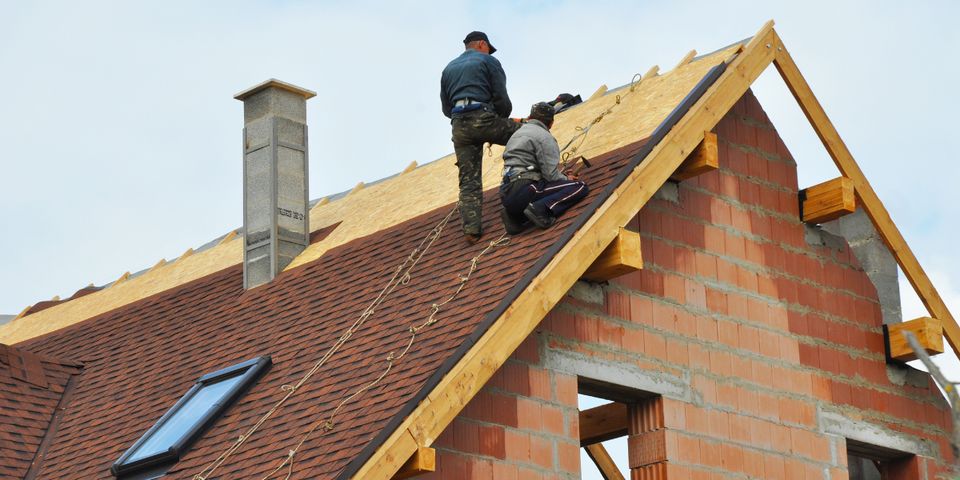
Roofing is an essential feature of any building, protecting the structure and the people inside while contributing to the property's overall appearance. However, these systems are far more complex than just a simple layer of shingles. They contain multiple components that work together to create a cohesive system. Learn about the anatomy of a roof in the following guide.
What Makes Up a Roof?
1. Framework & Decking
The framework is the initial structure that supports the construction of the entire system. It includes rafters and trusses that give the roof its shape and pitch, and it provides a foundation for the deck.
The deck is made of wood or plywood and serves as the base of the roof. It typically consists of individual panels that are installed side by side to provide a flat, uniform surface without gaps. All other layers are built on top of this system.
2. Underlayment
The underlayment is the protective layer built directly on top of the deck. It's made of felt or synthetic materials that provide insulation, increase the system's waterproofing capacity, and shield the deck from debris buildup.
3. Covering

The covering sits on top of the underlayment and is the visible portion of the roof. Shingles are the most common type of covering, and asphalt, tile, stone, or shake materials are popular among homeowners. Metal roofing is installed in larger panels. Low-slope or flat structures typically use modified bitumen, rolled rubber roofing, or a similar product, and these sheets are attached to the underlayment.
4. Fasteners
The fasteners secure the covering to the underlayment and deck. Depending on the type of shingles being installed, nails, metal brackets, glue, or other adhesives may be used. The fasteners hold the roofing materials firmly in place to ensure the structure's long-term stability.
5. Flashing & Ventilation
Flashing is the sheet metal or similarly strong material that covers protruding parts of the roof. It protects the seams around angles and joints, chimneys, vents, and any other areas where water could seep into the home. Flashing helps route water away from the roof and toward the gutters and downspouts.
Vents ensure that air circulates freely around the roof. They are crucial to preventing moisture accumulation, mold, and rot, and they also help maintain comfortable temperatures within the building.
6. Gutters
Gutters are installed along the edges of the roofline. As water runs off the structure, it collects in the trays and is carried to the downspouts, where it is deposited away from the base of the home. Gutters prevent leaks and protect the foundation from water infiltration and damage.
When you're in the market for new roofing, turn to Hammered Solutions in Rosemount, MN. For over 10 years, these contractors have been serving residents throughout Dakota County and the Twin Cities region. They provide roof and siding installations and repairs, as well as window replacements. Call (612) 636-6453 to request an estimate, or visit the website to view photos of their work.
About the Business
(1 reviews)
Have a question? Ask the experts!
Send your question

